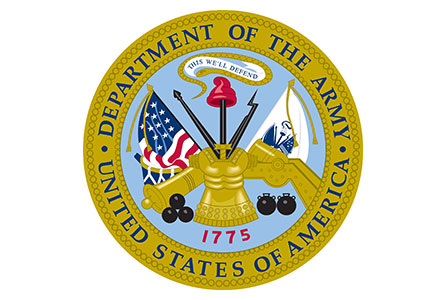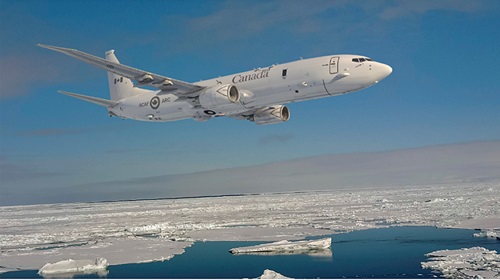WASHINGTON — The Army released its fiscal year 2025 presidential budget request of $185.9 billion on Monday, detailing how the service intends to man, train and equip the force into the future.
The request includes approximately $3.9 billion for military construction supporting a total of 45 projects across the total Army. That includes $2.4 billion for barracks restoration, construction and sustainment, a 325% increase for barracks construction over last year’s request and the first time in recent history the Army has funded 100% of the sustainment requirement.
“People are obviously our top priority,” said Army Under Secretary Gabe Camarillo. “[Secretary of the Army Christine Wormuth] and Army leaders have, for the last two years, really emphasized the need to have sustained investment in quality housing for our Soldiers, both for families and individual Soldiers in barracks.”
There are nine barracks construction projects outlined in the budget: Fort Johnson, Louisiana; Fort Leonard Wood, Missouri; Joint Base Lewis-McChord, Washington; Joint Base Myer-Henderson Hall, Virginia; Smith Barracks and two at Barton Barracks, Germany; Fort Buchanan, Puerto Rico; and Parks Reserve Forces Training Area, California.
There is also money for barracks managers to ensure timely and proper maintenance.
Here are a few other budgetary highlights:
Quality of Life
- The report outlines a 4.5% increase in basic pay for Soldiers, a 3.9% increase in basic allowance for housing and a 3.4% increase in basic allowance for subsistence, which offsets the cost of a service member’s food.
- The military construction budget includes funds for three child development centers (Fort George G. Meade, Army Garrison Wiesbaden, Fort Liberty) and one youth center located at the Supreme Headquarters Allied Powers Europe in Belgium.
- The Army wants to expand its Holistic Health and Fitness program by adding 15 brigades, bringing the total across the force to 71. The Army is also increasing its investments in behavioral health and financial resources for Soldiers.
“Building positive command climates at scale is absolutely critical to us,” Camarillo said. “I would say it is one of our top priorities.”
Recruiting Transformation
- The Army is increasing the marketing and advertising budget by 10%, up to $1.1 billion.
- The proposed budget has $675 million for recruiting incentives including enlistment bonuses for critical skills and quick ship contracts where recruits report to basic training within 30 days of enlistment.
- There is also $7.3 million in the budget for recruiter selection and training improvements as the service builds out its dedicated recruiting workforce.
“We continue to work our way through the challenges with recruiting,” Camarillo said. “This budget submission will aid us significantly in our ongoing efforts to transform our recruiting enterprise from one that was set in the 20th century to one that will help us to recruit, identify and attract the workforce that we’re going to need well into the future.”
Integrated Deterrence
Addressing aggression in the Pacific Ocean and across Europe is a point of emphasis.
- The report marks $1.5 billion toward the Pacific Deterrence Initiative with $461.4 million going to Operation Pathways, the operational approach to campaigning across the region. This includes a 200% increase in funds for exercises like Pacific Sentry, Talisman Saber and Garuda Shield.
- The budget request also includes $2.1 billion for the European Deterrence Initiative, and $625 million for North Atlantic Treaty Organization support and $395 million for the Patriot Advanced Capability Missile Segment Enhancement. The funds contribute to multilateral exercises with allied partners.
“[The budget request] reflects our steady commitment to building relationships with partners and allies in the region,” Camarillo explained.
Modernization
- The budget request details funding for more than 30 new or upgraded capabilities across six modernization portfolios.
- There is $1.2 billion for the Guided Multiple Launch Rocket System, $1.3 billion for continued investment in the Long-Range Hypersonic Weapon system, and $1.7 billion for M1 Abrams, XM30 and M10 Booker ground vehicles.
The FY 2025 budget request also details the Army’s rebalancing of its aviation investments, how the service will accelerate innovation adoption, and more.
“This [budget] request meets the Army’s commitments under the National Defense Strategy and the secretary of defense’s priorities to defend the nation, take care of our people, and succeed through teamwork,” Camarillo said.
To find out all the budget details, visit Assistant Secretary of the Army for Financial Management and Comptroller website.





